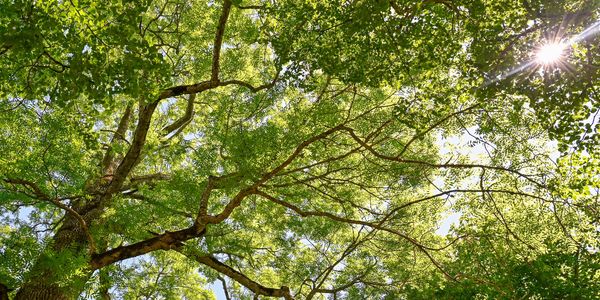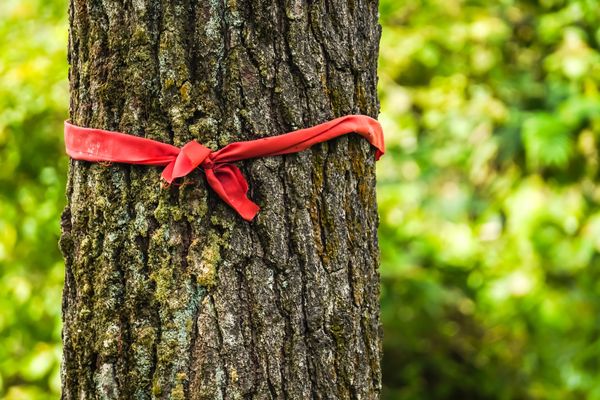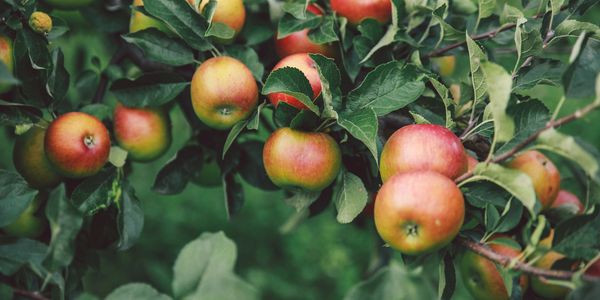Tree Trimming & Pruning Services

Precision Pruning for Healthier, Safer, and More Beautiful Trees
At Grey Bruce Tree Workers, we specialize in pruning that enhances tree health, safety, and longevity while maintaining the natural beauty of your property.
Whether you’re a homeowner, business, or municipality, our pruning techniques ensure your trees remain healthy, structurally sound, and aesthetically pleasing.

Our Pruning Process: What to Expect
Initial Consultation – Contact us to book your quote. To help us serve you efficiently, please mark the trees you'd like pruned.
Evaluation – We assess your tree’s health, growth pattern, and structural integrity.
Precision Cuts for Maximum Benefit – Every cut is made with your vision and your tree's long-term health in mind.
Clean-Up Included – We remove all pruned branches and leave your yard clean and tidy.

Canopy Lifting & Clearance Pruning
Does your tree’s canopy block visibility, driveways, or sidewalks? Our pruning can:
- Raise the tree’s lower limbs to increase clearance
- Improve light penetration for soil below the tree
- Improve street visibility and pedestrian safety
- Prevent branches from obstructing signs, driveways and structures

Deadwood & Hazardous Limb Removal
Removing dead, diseased, or damaged branches is essential for safety and tree health. We identify and remove:
Dead & dying limbs – Preventing fall hazards before storms hit.
Cracked or weak branches – Eliminating liability risks over driveways, sidewalks, and structures.
Limbs near power lines or homes – Cutting back branches that pose a risk to buildings or utilities.

Fruit Tree Pruning & Ornamental Tree Shaping
Some species require specialized pruning for optimal health. We prune:
Apple, pear, cherry, plum trees – For stronger fruit production.
Japanese maples & decorative trees – For aesthetic balance.
Hedge & shrub maintenance – For a manicured landscape.

Crown Reduction (Alternative to Tree Topping!)
Crown reduction is the proper way to reduce tree height without causing damage.
- Carefully removes select limbs to lower the height
- Maintains natural structure and aesthetics
- Prevents overgrowth near buildings and power lines
- Unlike topping, it doesn’t create weak, fast-growing sprouts
This is the best alternative for trees that have outgrown their space but you don't want to remove them altogether.

Why Tree Topping is NOT the Answer
Some customers ask us to “cut their trees in half” believing it will control size. However, topping is one of the worst things you can do to a tree. Topping causes:
✖ Rapid, weak regrowth – The tree sends out fast-growing sprouts that are structurally weak.
✖ Higher risk of storm damage – These weak branches are prone to breakage in high winds.
✖ Increased disease & decay – Cutting large limbs opens the tree up to rot, fungi, and pests.
✖ Shortened tree lifespan – Topped trees are stressed, unhealthy, and die much sooner.

How Often Should You Prune Your Trees?
Young trees – Every 1-3 years for proper shaping and training.
Mature trees – Every 3-5 years for health maintenance and risk reduction.
Hazardous trees – Immediate pruning if dead or weak limbs pose a threat.